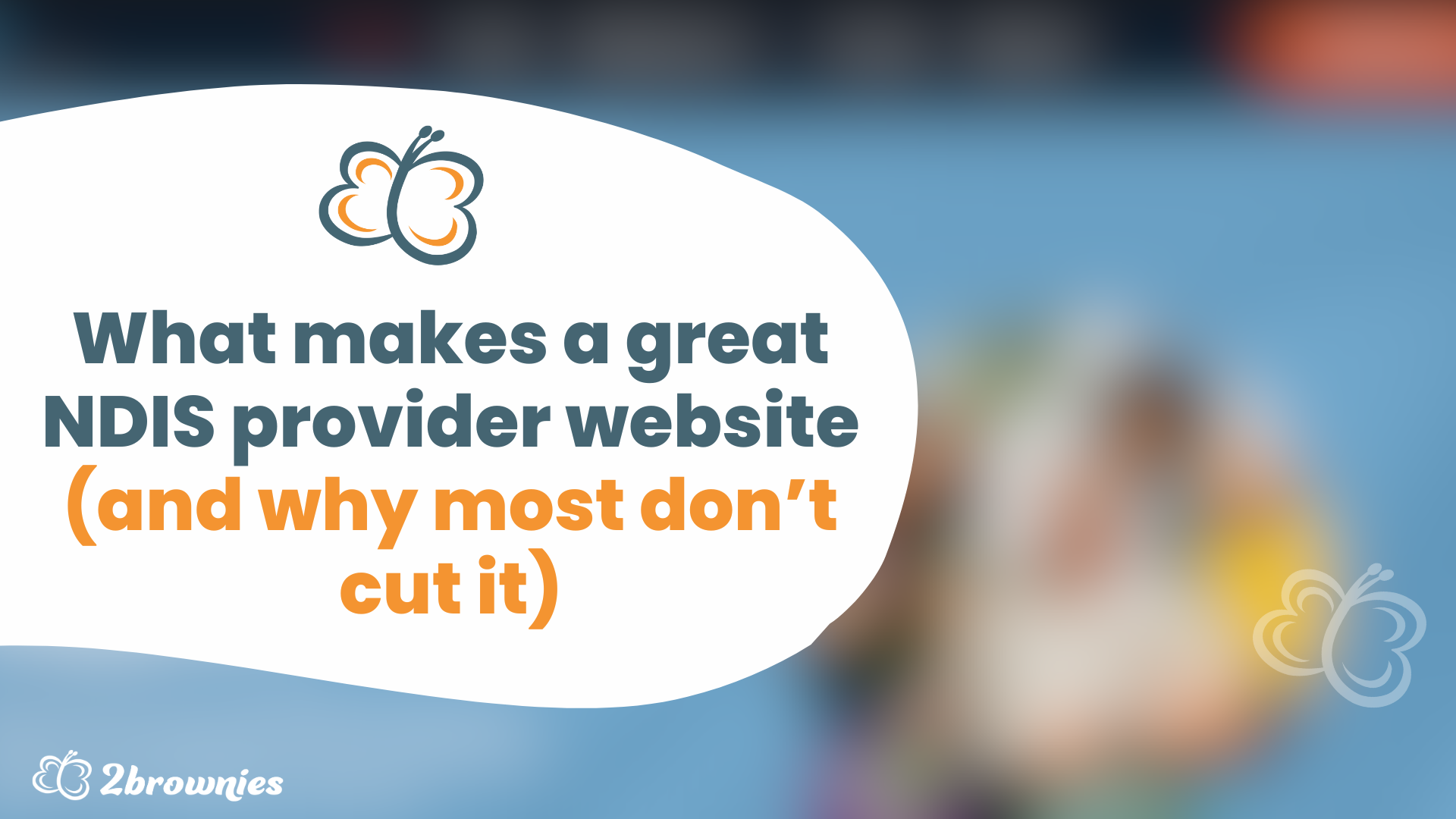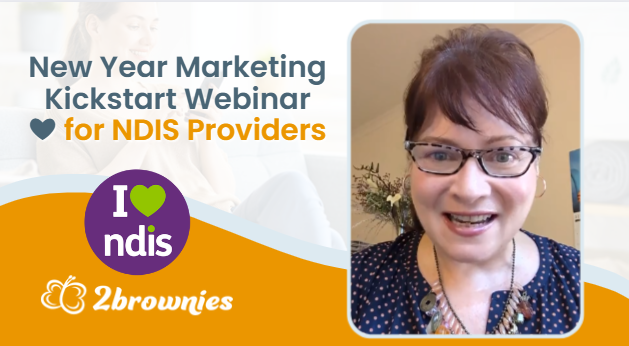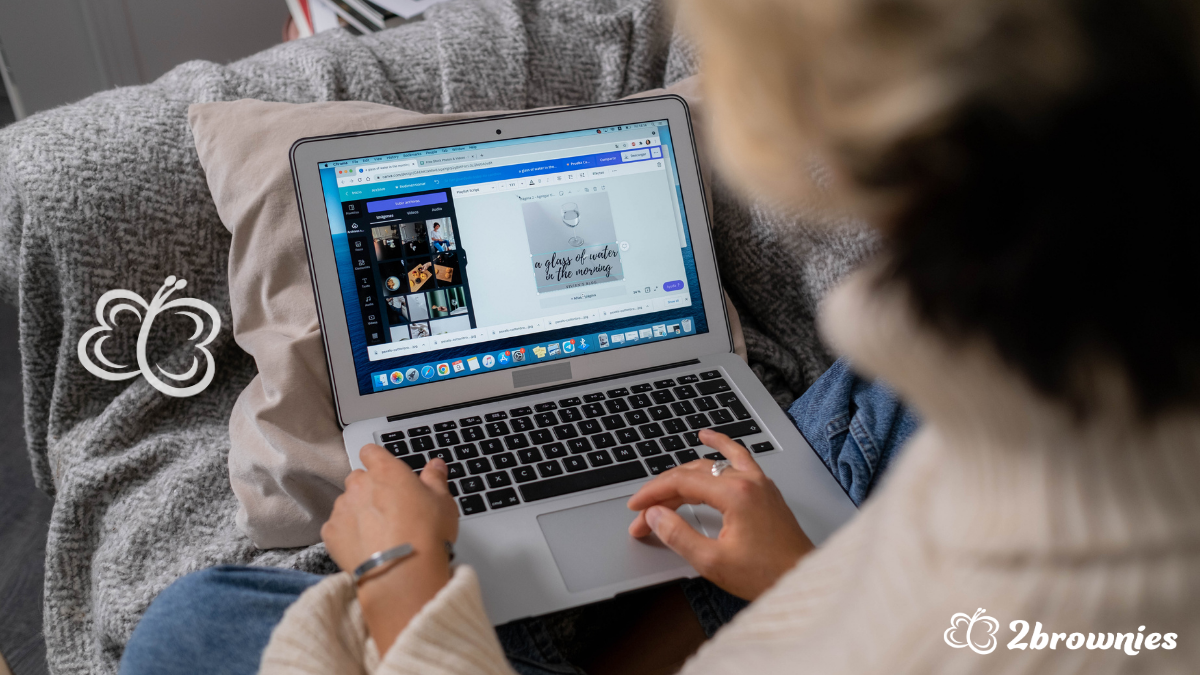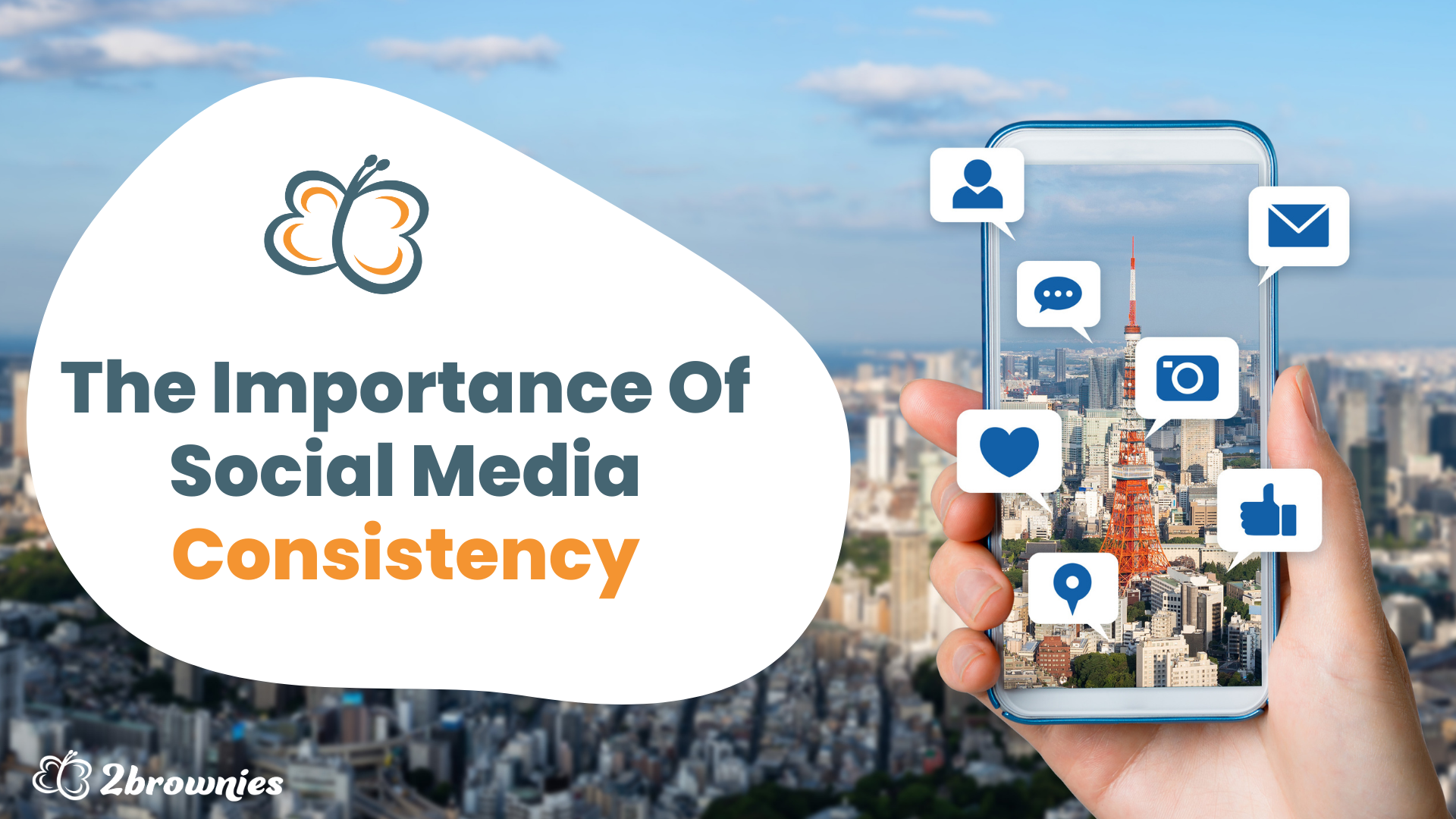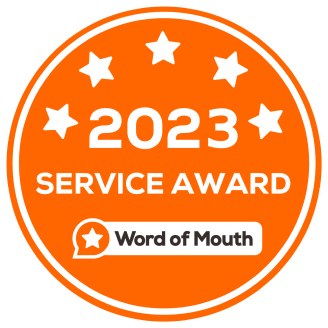Demystifying Retargeting Ads: A Basic Guide for NDIS Providers
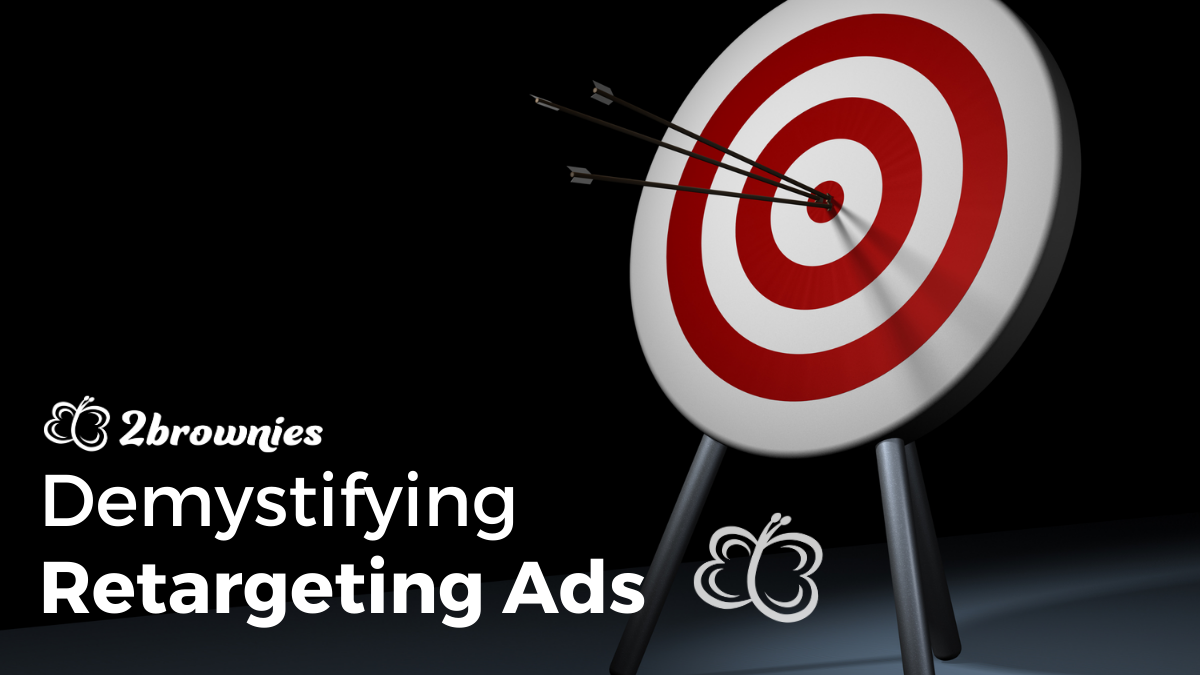
Introduction
One aspect of marketing that often confuses and overwhelms many small business owners is retargeting ads. That's why we're excited to share this basic guide to help you understand retargeting ads, and how you can leverage them to grow your NDIS Provider business.
Here at 2Brownies, we've seen firsthand how retargeting ads can dramatically improve the success of marketing campaigns for our NDIS service provider clients. It's a powerful tool that can help you reach more people, increase participant sign-ups and referrals, and grow your brand.
So, what are retargeting ads?
In simple terms, retargeting ads are a type of online advertising that targets people who have already shown interest in your disability services or accommodation. Think of it like this: you're reminding people of your amazing offerings just when they might be considering inquiring about a service. This keeps your business fresh in their minds and encourages them to take that final step.
For our
NDIS Provider clients with a large enough business to warrant a paid advertising campaign, we recommend implementing retargeting ads as part of their overall marketing strategy because it offers a great way to connect with participants, families and referral partners who may not have converted the first time around. Plus, it allows you to make your advertising budget work harder for your business.
Part 1: Why Retargeting Ads Matter in Marketing
Let's start with the big question: Why should you bother with retargeting ads? Studies have shown that on average, a mere 2% of visitors convert into customers on their first visit to a website or online store. That means a staggering 98% of your potential NDIS clients might leave your website without making an inquiry. Retargeting ads offer a solution to bring back those lost clients and referrers and help you boost your conversion rates.
But it's not just a game of numbers. Retargeting ads create a sense of familiarity with your brand, and this familiarity leads to trust. By continuously exposing your audience to your ads, you're nurturing a relationship, making it more likely they'll choose you over competitors when it's time to pick up the phone and inquire about your disability services.
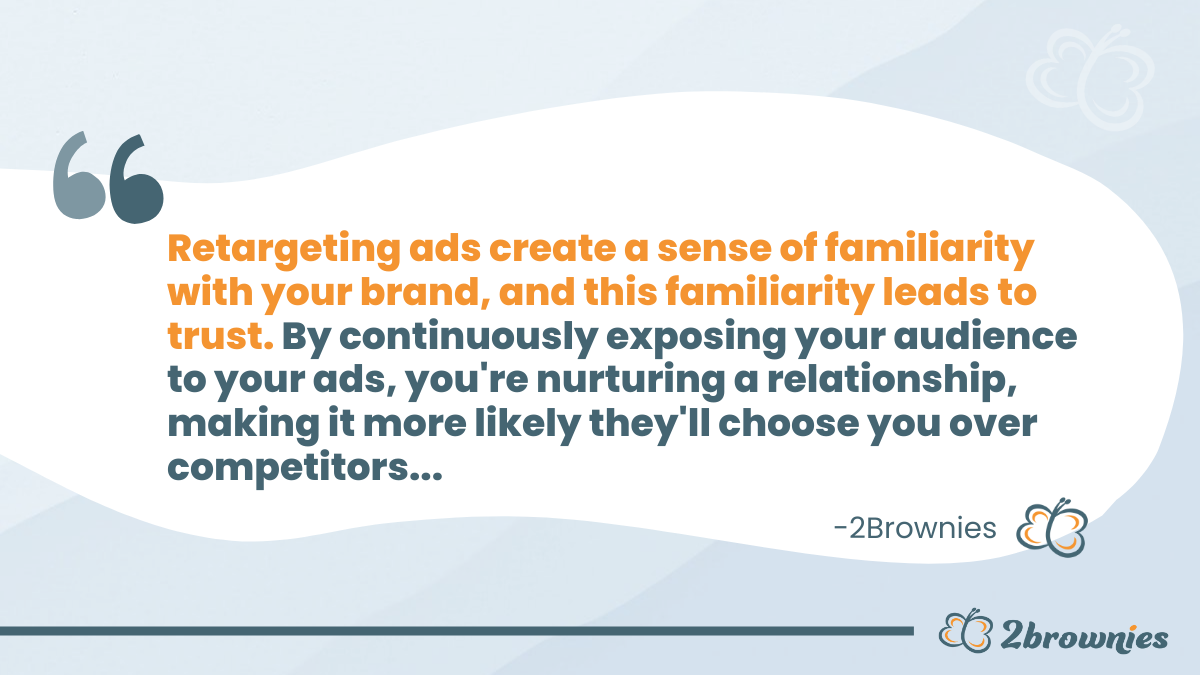
Part 2: Types of Retargeting Ads Platforms
There are several platforms available for running retargeting ads, giving you plenty of opportunities to reach your audience. Here are the most popular ones:
1. Pixel-Based Retargeting
Pixel-based retargeting is the most common method, working by placing a tiny code (pixel) on your website. When someone visits your site, the pixel drops an anonymous cookie into their browser. This cookie allows your ads to follow them across the web. The biggest benefit of pixel-based retargeting is that your ads are timely and served to people who have recently visited your site, making them more likely to convert.
2. List-Based Retargeting
List-based retargeting is less common, but still a valuable tool, and involves using a list of email addresses to retarget users. For example, you might upload a list of all your subscribers to Facebook, and it will then serve your ads directly to those users' feeds. List-based retargeting is a great way to maintain contact with your existing client base, but we urge caution. Disability services are a touchy area for Facebook and running ads for NDIS services is risky, often leading to account bans.
3. Social Media Retargeting
Social media retargeting is very popular, with Facebook, Instagram and LinkedIn having their own retargeting networks. This allows you to reach your audience where they spend the most time, making your ads feel more authentic and engaging. Again, use with caution and if in doubt, speak to your digital agency partner to get expert opinion on whether this is a valid strategy for your particular offering.
Part 3: Setting Up Your Retargeting Ads Strategy
When it comes to setting up your retargeting ads strategy, there are a few crucial steps you should follow:
1. Identify Your Objectives:
As with any marketing campaign, it's essential to identify your objectives before diving in. Are you aiming to boost new participant sign-ups, increase brand awareness, or promote a specific event or program you’re hosting? Having a clear goal will guide your strategy and help measure success.
2. Segment Your Audience:
Divide your audience into different segments based on their behaviours, interests, and how they've interacted with your business. This allows you to create ads tailored specifically to each group, increasing the chances of conversion.

3. Set a Budget and Duration:
Decide on a budget for your retargeting campaign and decide how long the ads will run. Remember, retargeting works best when used alongside other marketing tactics, so be sure to allocate funds accordingly. Monitor your campaigns closely to make adjustments as needed.
4. Create Compelling Ads:
Your retargeting ads need to grab the attention of your audience and offer a clear call-to-action (CTA). For NDIS Providers showcasing disability support services, you’re mostly solving a common problem (providing friendly and expert support). So, make sure your ads give a reason for your audience to re-engage with your business.
Part 4: Tips for Successful Retargeting Ads Campaigns
To make the most of your retargeting ads campaigns, keep these best practices in mind:
1. Frequency capping: Set a limit to the number of times your ads are shown to the same person within a given timeframe. This prevents ad fatigue, ensuring your audience doesn't become overwhelmed by repetitive ads.
2. Burn pixel: Utilise a "burn pixel" to stop retargeting users who have already converted. This not only reduces the irritation for your clients but also saves you from wasting ad spend.
3. A/B testing: Experiment with different ad designs, CTAs (call-to-action), and copy to see what resonates best with your audience. Continually refining and improving your ads will lead to better results.
4. Analyse and optimise:
Regularly review your campaigns' performance and use the data to make improvements. This might involve adjusting ad placements, tweaking your audience segmentation or refining your budget allocations.
Conclusion
Now that we've demystified retargeting ads, it's time for you to harness their power and improve your NDIS Provider marketing strategy. By reaching previously engaged users and keeping your brand at the forefront of their minds, retargeting ads can significantly boost your inquiries and brand awareness.
Remember, a successful retargeting campaign always starts with a clear objective, a targeted audience and strong ad creatives. With some planning and strategic thinking, you can create a retargeting campaign that helps your NDIS business grow and thrive. Just be super-careful when running ad campaigns on Facebook – it’s notorious for banning ads from disability support providers.
If you’re an NDIS Service Provider looking to launch an advertising campaign but don’t know where to start,
book in a time to have a chat with Vanessa, our General Manager. We can give you some options to consider. Good luck!

About the Author
Our General Manager, Vanessa, has a background as a business consultant and loves to share her experience and perspective with our clients and readers. If you have questions about your own NDIS provider business, chat with Ness anytime on 1300 608 114 or
find Ness on LinkedIn
or follow Ness for NDIS Provider insights on Medium.
Learn more about Vanessa
here.

